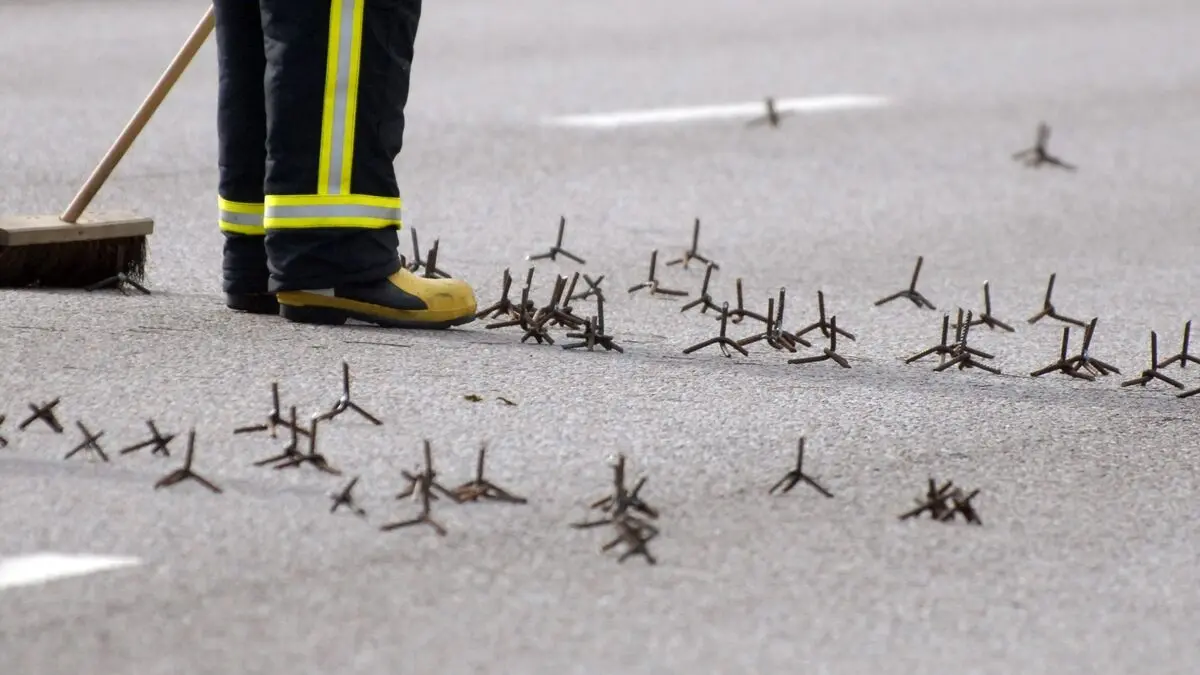It can be compared with the downwardly revised 53.0 in June and the analysts' expectations, which according to Bloomberg's compilation, were at 54.0.
An index below 50 indicates decreased activity in the sector.
I was a bit surprised myself that July was so weak, but one should remember that the vacation effect plays a major role in July, while many are also doing planned maintenance work then, says Jörgen Kennemar, responsible for the analysis of the index at Swedbank, to TT.
Too early to conclude a downturn
It is the first time since February that the index is outside the growth zone, i.e. below 50. At the same time, similar indexes have fallen in the eurozone, China, and in the USA.
We have seen growth for several months and now there was a small dip. It takes a few months with negative figures before we can conclude that it has turned down, says Jörgen Kennemar.
The sub-index for incoming orders had in July the lowest level in nine months and made the largest contribution to the decline. The fall was a whole 9.2 units compared to June, down to 44.1.
It is primarily this that is behind the decline in the entire PMI, as it accounts for 30 percent of the entire index. The negative development in the eurozone affects demand, but here too, there are major vacation effects, says Jörgen Kennemar.
Companies optimistic
The industrial companies' production plans are still in an expansive phase. The index fell to 60.2 from 63.1 in June, but seen over the last three months, the trend is upward.
It is an index that stands outside PMI and it still shows that there is an overweight of companies planning to increase production.
The index for suppliers' raw and input material prices rose to 58.3, which is the highest level since October 2022. A weaker krona and the suppliers being able to raise costs after several months of positive development are underlying factors, according to Jörgen Kennemar.






